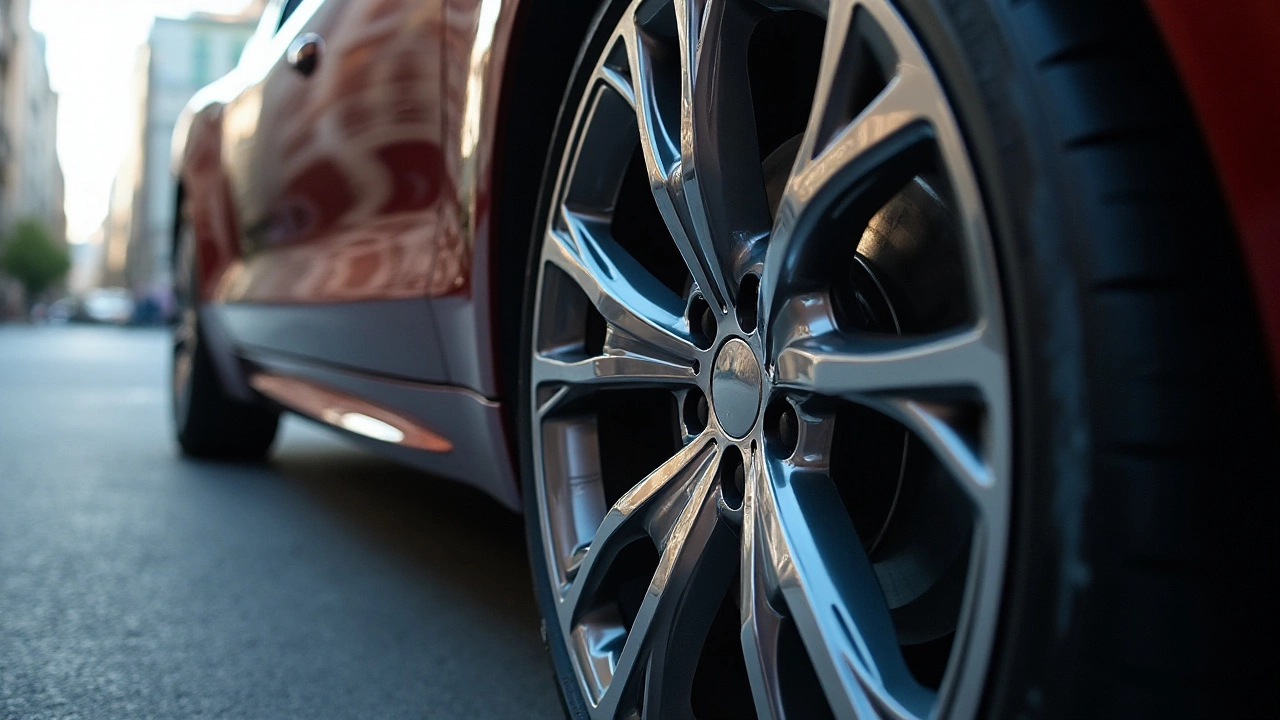Scratch Resistance: Keep Your Ride Looking New
If you love the look of your car or bike, the last thing you want is a fresh scratch ruining the finish. Scratch resistance isn’t just about expensive wraps – it’s a mix of the right products, smart habits, and a little DIY know‑how. Below you’ll find straight‑forward tips you can start using today.
Everyday life throws tiny hazards at your vehicle: grocery bags, stone chips, careless garage doors, or even a rogue shopping cart. Those tiny abrasions can turn into bigger eyesores if you ignore them. The good news? Most of those marks are preventable, and many can be fixed without a professional visit.
How to Choose Scratch‑Resistant Materials
Start with the clear coat on your paint. A high‑quality, UV‑blocking clear coat adds a hard layer that resists minor scuffs. Look for products that mention “nano‑ceramic” or “dual‑layer” in the description – they create a tougher shield than standard clear coats.
Paint protection film (PPF) is another solid choice. It’s a thin, transparent film that absorbs stone chips and curb rash. Modern PPF can be installed on hoods, bumpers, and even on alloy wheels. The key is to pick a film with a self‑healing top layer; small scratches disappear under heat from the sun or a quick warm wash.
For wheels, consider a ceramic coating designed for alloys. It fills microscopic pores, making the surface smoother and less likely to snag on road debris. Ceramic coatings also make cleaning easier – dirt slides off, meaning fewer abrasive scrubs that could scratch the metal.
Everyday Habits That Keep Your Ride Scratch‑Free
When you wash your car, use a microfiber mitt and a pH‑balanced soap. Avoid dish detergent; it strips protective waxes and makes the paint more vulnerable. Rinse the mitt frequently to get rid of grit before it can scratch the surface.
Never use a dry towel on a wet surface. Instead, pat the car dry with a plush microfiber towel or let it air‑dry in a shaded spot. This prevents the tiny particles you’ve just rinsed off from grinding into the paint as you wipe.
Parking habits matter, too. Choose a spot away from tight walls or shopping carts. If you have to park next to a car, place a soft cloth or a purpose‑made “door edge protector” on the adjacent door to shield your side panels.
Minor scratches can often be fixed with a quick touch‑up. For paint, a small dab of dedicated touch‑up paint followed by a light polish works wonders. For clear‑coat scratches, a polishing compound applied with a foam pad usually restores the shine without harming the underlying paint.
Remember, scratch resistance is a habit, not a one‑time purchase. By combining a reliable protective layer with gentle cleaning and smart parking, you’ll keep your vehicle looking fresh for years. Stay ahead of the scratches, and enjoy the confidence of a ride that always turns heads.

Do Alloy Wheels Scratch Easily? Understanding Durability and Maintenance
Alloy wheels are popular for their aesthetic and performance advantages but come with concerns about their propensity to scratch easily. This article delves into the factors influencing their susceptibility to scratches, industry insights, and expert tips for maintaining their pristine appearance. Explore various preventative measures and learn how to care for alloy wheels to extend their lifespan and enhance vehicle aesthetics.